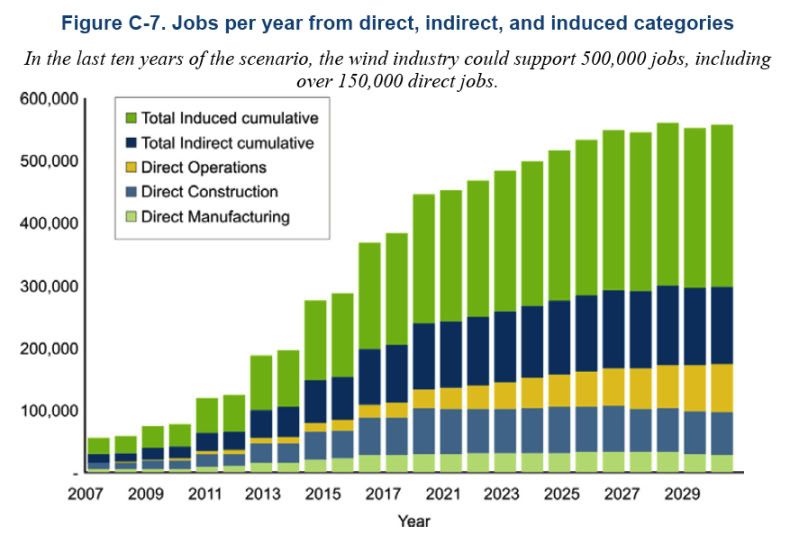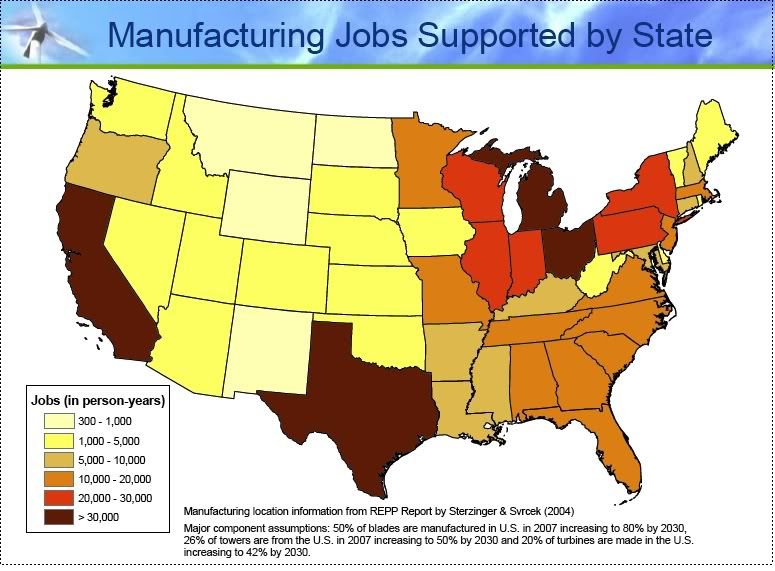During the Great Depression US stimulus spending started to ramp up in 1933 with the formation of the Civilian Conservation Corp with the initial enrollment of 250,000 Americans. Stimulus continued thru 1941, with an interruption in 1938, for approximately a total of 7+ years.
From 2009 to 2011 unemployment in the US has reached heights unheard of since the Depression when unemployment reached 25%. Recently the U6 unemployment metric reached over 17%. But comparing 1930's unemployment to todays rates are problematic, in the 1930's 13 year old boys worked full time, many in factories, women were not seen in the workplace in the numbers we see today in America.
In the Depression GNP fell from 96 billion to about 75 billion (about 20%), while GDP in 2008 fell from 14.4 trillion to 13.8 trillion about 4.2%. It should be noted that US GDP has topped 15 trillion in 2011 and when taking high unemployment into account, we probably saw a wealth shift from 2008 to 2011, no surprise there.
Finally the US economy grew at a vigorous rate from 1934 to 1936, 11%, 9% and 13.9%. When stimulus spending was cut by 60% and the Fed tightened things up, the country fell back, in 1937-1938.
Summary:
1) 3 tears of stimulus ('34-'36) was not enough.
2) GNP loses in the Depression were more severe than recent loses (20% to 4%).
3) Current unemployment might be three quarters as bad as it was at the peak of the Depression.
Depression GNP
http://en.wikipedia.org/wiki/File:US_GDP_10-60.jpg
Recent GDP
http://www.data360.org/dsg.aspx?Data_Set_Group_Id=230
Defining the scale of the solution
Jobs are obviously the first priority, creating the next generation of energy infrastructure and reversing wage disparity complete the list for our purposes. China spends 9-10% of GDP on infrastructure, Europe and India 5% to 6%. If we spent 50 billion on the New Deal over 7 years, thats about 7 billion a year, or about 7% of GNP in 1936. While a dollar spent in the US in 1936 mostly stayed in the US that is no longer true.
Due to Energy, Resource depletion and EROEI issues the days of 6% Growth in the economy are gone, 3% to 3.5% might be the best we can expect short of practical fusion and space based resources,
Summary:
1) 7% of GNP wont do today, make it 10%.
2) 3 years wasn't remotely enough, make it 5 years.
New Deal cost 50 billion.
http://www.forbes.com/2009/02/11/new-deal-stimulus-opinions-contributors_0211_jim_powell.html
Conclusion
10% of GDP spent on jobs stimulus over 5 years. 1.5 trillion to start. That should get us on the right track, in years 4 and 5 consideration should be given as to whether a 6th year is needed.
Where do we find these new jobs?
The US manufacturing sector gets a big boost because of the nature of renewable energy development and infrastructure and surface transportation infrastructure jobs will play a major role. Healthcare related fields should add jobs over the next decades.
According to the US Dept of Energy there 2 main reasons why renewable energy technologies offer an economic advantage, 1) They are labor intensive, so they generally create more jobs per dollar invested than conventional electricity technologies and 2) they use primarily indigenous resources, so most of the energy dollars can be kept at home.
http://stalix.com/Solar%20Energy%20Job%20Creation.pdf
Wind power.
20% of US electricity in 20 years, 300 gigawatts of wind turbines with a capacity of 100 gigawatts. The US Dept of Energy estimates 500,000 jobs can be created in meeting the 20% from wind goal. Offshore installation of wind turbines pays very well: 80k to 120k.


Solar Power.
Although the SEIA does not endorse a 20% in 20 years program, Rhone Resch, president of the Solar Energy Industries Association, said in November of 2010 "that installing 10 GW annually by 2015 would create as many as 220,000 jobs". Other studies estimate 480,000 jobs over 10 years, though they base the higher number of jobs on waiting for Solar panel factories to be built and count those jobs, as a predecessor to installation jobs. For our purposes 400,000 jobs over 20 years.
http://ussolarinstitute.com/2011-outlook-for-clean-energy-jobs-in-the-u-s-–-beating-the-trend/
Hydro
A recent study conducted by Navigant Consulting suggests between 480,000 and 1.4 million jobs can be created. Its not clear that these numbers include pumped hydro stage systems.
Smartgrid with HVDC
Job creation estimates range from 240,000 to 420,000 over 20 years, leading to more efficient clean power, replacing failure prone AC systems with DC results in more stable power, cleaner power. Smart meters with sensors on AC local systems give Utilities more warning of increasing demand. HVDC allows large amounts if electricity to be moved over 2000 miles, with 30 to 50% less loss than HVAC.
Jobs
http://asmarterplanet.com/blog/2009/01/investing-in-smarter-infrastructure-will-create-more-than-949000-in-2009.html
http://gigaom.com/cleantech/smart-grid-could-create-280000-smart-jobs/
HVDC systems
http://www.dailykos.com/story/2011/08/09/1001465/-Solar,-Wind,-HVDC-and-the-Smartgrid
Manufacturing
Over the last decade this sector has lost over 6 million jobs. Manufacturing output dropped by 10% while GDP grew 15%. Capital investment and R&D tax breaks along with partnerships in energy can turn manufacturing around. Lets add 3-4 million jobs over 40 years. Many manufacturing jobs are good jobs, paying between 35k to 75k.
http://www.technologyreview.com/business/37958/page1/
Infrastructure investment
Not much to say here, I'm we all understand the importance, and how good these jobs are. 9 to 10 million jobs a year. Many of them 45k to 85k, good jobs.
http://change.gov/agenda/economy_agenda/
With the creation of 20 to 25 million jobs our economy will improve, which will support more jobs, after all if we put 20 million people to work with good paying jobs, they're going to have money to spend. Maybe enough to buy a house and put solar panels on the roof and by a new 50 mpg car.
In reality the crux of the entire issues comes down to this:
Unfortunately this is not the style of this White House, to make the Republicans block this proposal or vote against a 5 year 10 million job stimulus bill. In my mind, If Boehner blocked this proposal, we run on it, if the House GOP votes it down we run on it. If it passes, we are proclaimed heroes, we run on it.
Chris "Tweety" Matthews asked Robert Reich:
What`s stopping him, Robert? Mr. Secretary...
Robert Reich answered
I`m not -- Chris, I`m not sure. I mean, there are a lot of theories circulating around
http://www.msnbc.msn.com/id/44111516/ns/msnbc_tv-hardball_with_chris_matthews/t/hardball-chris-matthews-wednesday-august/#.TkVJdraYlQQ
Finally, none of this can happen without an increase in Income tax rates, Corporate tax rates and Cap Gains rates. Tax breaks to incentivize smart investments in emerging tech and markets will put these smart long term job creating investments on par with market speculation without the higher risk associated with derivatives, options, futures and commodities. Reverse tax breaks for outsourcing of jobs, good behavior should be rewarded, if you create US jobs, have a little tax break. I have also left out High Seed Rail, Light rail, Broadband, Healthcare jobs, call it another 2-5 million jobs.
In total, as many as 21.5 million jobs.
For more information on the tax policy mentioned only breifly in this article go here:
Taxing the rich promotes smart investments, not class warfare.
And guess what, all these good jobs go a long way to making Social Security good thru 2065, not 2036.
Tweet





No comments:
Post a Comment